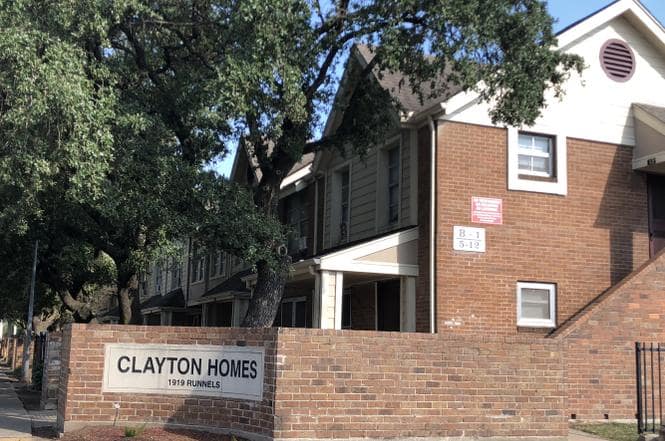Houston’s public housing journey reflects broader themes of urban development, segregation, economic challenges, and efforts toward equitable growth. From the creation of early housing projects to modern redevelopment initiatives, public housing in Houston has been at the intersection of social policy and urban planning, shaping the lives of many low-income residents while also confronting significant challenges.
Early Public Housing Projects: Addressing Urban Poverty
Public housing in Houston began in the 1930s as part of the New Deal, designed to address housing shortages caused by the Great Depression. The Houston Housing Authority (HHA) was established in 1938, and tasked with creating affordable homes for low-income families. Among the earliest projects were the Clayton Homes and Kelly Village developments, offering much-needed shelter to residents.

Initially, public housing was racially segregated, mirroring the broader patterns of systemic inequality in the South. African American communities were often relegated to poorly funded housing projects in less desirable parts of the city, such as the Fifth Ward. Despite these inequalities, public housing provided stability for many, fostering community networks and providing a pathway to opportunity for some residents.
The Shift Toward Urban Renewal: 1950s-1970s
By the 1950s, Houston’s population boomed, and new challenges emerged. Aging public housing projects began to deteriorate, and the city faced mounting pressure to modernize its infrastructure. Urban renewal initiatives sought to replace dilapidated neighborhoods, leading to the displacement of many public housing residents. Projects like Allen Parkway Village were demolished or redeveloped, making way for mixed-use developments that catered to higher-income families.
This period also saw increasing criticism of public housing. Many projects fell into disrepair due to insufficient funding and management. The concentration of poverty within certain housing developments exacerbated social issues, including crime and unemployment, resulting in stigmatization of these communities.
Federal Policy Changes and the Rise of Housing Vouchers
In the 1970s and 1980s, federal housing policies shifted toward voucher programs, such as Section 8, which enabled low-income families to rent private housing with government subsidies. This marked a significant change in Houston’s public housing strategy, as it aimed to reduce the concentration of poverty by allowing families to relocate to better neighborhoods.
While housing vouchers expanded options for many, they also created new challenges. In some cases, landlords refused to accept vouchers, limiting the effectiveness of the program. Additionally, the transition from traditional public housing to voucher-based systems left many developments underfunded and poorly maintained.
Modern Redevelopment: From Housing Projects to Mixed-Income Communities
Since the 2000s, Houston has embraced a mixed-income model in an effort to integrate public housing residents into broader communities. The demolition of aging projects like Allen Parkway Village and the construction of mixed-use developments reflect this shift. These new communities, such as the revitalized Cuney Homes, combine affordable units with market-rate housing, aiming to reduce economic segregation and foster social mobility.

Houston’s focus on mixed-income housing aligns with national trends but has also sparked debates about displacement and gentrification. While the goal is to create sustainable and inclusive communities, critics argue that redevelopment efforts often push out long-term residents, diminishing the cultural fabric of neighborhoods.
The Role of Nonprofits and Community Engagement
Nonprofit organizations play a crucial role in Houston’s public housing landscape, offering support services such as job training, education, and health care to residents. Community-led initiatives have also emerged to ensure that public housing developments remain accessible and responsive to the needs of residents. Programs like these highlight the importance of partnerships between public, private, and nonprofit sectors in fostering equitable urban development.
Public Housing at the Crossroads of Social Change
The history of public housing in Houston is one of both progress and setbacks. While early developments provided stability for many low-income families, they also perpetuated patterns of segregation and poverty. Modern efforts to integrate public housing with market-rate developments reflect a desire to create more inclusive communities, but challenges remain. As Houston continues to grow, the future of public housing will depend on sustained investment, community engagement, and a commitment to equity in urban planning.